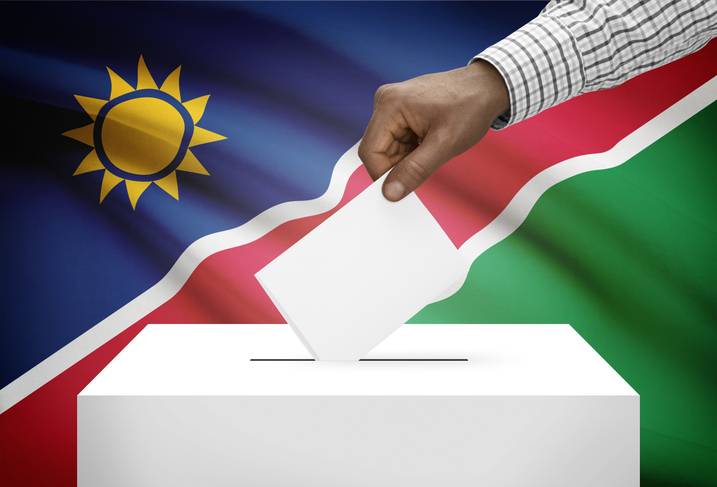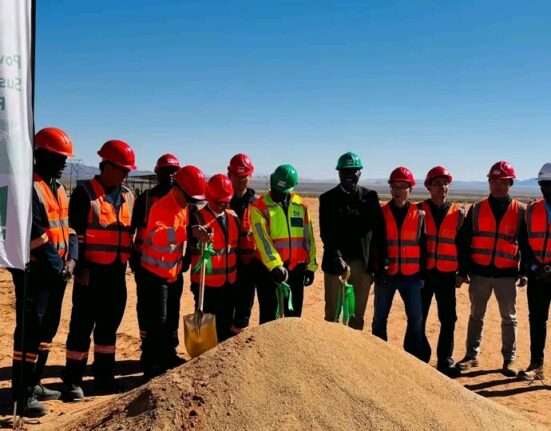Namibia’s first post-independence election, held on November 7, 1989, is a pivotal moment in the country’s history, marking the dawn of its democracy after decades of colonial rule, apartheid, and protracted liberation struggles. This election not only set the stage for the establishment of the Republic of Namibia but also stood as a testament to the resilience and determination of its people. This article explores the significance of Namibia’s first election, the process leading to it, and how it became a triumph of democracy in Southern Africa.
The Road to Namibia’s First Election
Before the country could hold its first free election, Namibia was under the control of South Africa, which administered the region as South West Africa under a League of Nations mandate from 1919. Following World War II, South Africa maintained its control over Namibia, despite calls for independence from the international community. The imposition of apartheid policies in the 1940s led to the marginalization and disenfranchisement of Namibia’s majority black population, creating a deeply divided society.
In the 1960s and 1970s, resistance against South African occupation intensified, with the formation of the South West Africa People’s Organization (SWAPO), the primary liberation movement that led the fight for independence. SWAPO’s armed struggle, together with international pressure, contributed to growing calls for Namibia’s self-determination. The turning point came in 1978, with the United Nations Security Council Resolution 435, which outlined the steps for Namibia’s transition to independence, including the holding of free and fair elections under UN supervision.
The United Nations Transition Assistance Group (UNTAG) was established to oversee the process, ensuring that the election was transparent and credible. The period leading up to the election was fraught with challenges, including the question of who would be allowed to participate in the election. Several South African-backed groups, most notably the Democratic Turnhalle Alliance (DTA), opposed SWAPO’s participation and hoped to secure the continuation of South Africa’s influence over Namibia.
Despite these challenges, the overwhelming desire of Namibians for self-rule and democracy proved stronger than any political opposition. The election was not only about choosing leaders but also about affirming Namibia’s right to govern itself and to chart its future as a democratic and sovereign state.
The Election Process
Namibia’s first election was conducted under the supervision of the United Nations with the aim of ensuring free and fair participation for all Namibians, regardless of race or ethnicity. The election was historic in its scope, as it was the first time in the country’s history that all citizens, including black Namibians, were allowed to vote. This was a stark contrast to the previous decades of apartheid, when black Namibians had been systematically excluded from the political process.
The election was held over two days, with nearly 800,000 registered voters casting their ballots. These voters were electing representatives for a Constituent Assembly, tasked with drafting Namibia’s new constitution and setting the stage for the country’s official independence. The election was conducted in a relatively peaceful manner, with extensive international monitoring ensuring its legitimacy. UNTAG deployed over 7,000 personnel, including military observers, election officials, and human rights monitors, to oversee the process.
A total of 12 political parties participated in the election, including the two largest: SWAPO and the Democratic Turnhalle Alliance (DTA). SWAPO, under the leadership of Sam Nujoma, was the dominant liberation movement and was widely expected to win the election. The party’s broad support base, combined with its long-standing commitment to Namibia’s independence, helped it secure a majority of the votes.
Despite the challenges of campaigning in a deeply divided country, where apartheid had left its scars, the election was generally considered a success. It was held in a relatively peaceful atmosphere, and the UN’s rigorous monitoring and efforts to prevent voter intimidation or fraud contributed to its credibility.
The Results and SWAPO’s Victory
When the results were announced, SWAPO emerged as the clear winner, securing 57.3% of the vote and gaining 52 out of 72 seats in the Constituent Assembly. This victory ensured SWAPO’s continued leadership in the fight for independence and established its central role in the country’s new democratic framework.
The Democratic Turnhalle Alliance (DTA), which represented the South African-backed opposition, received 29.1% of the vote and secured 21 seats. Other smaller parties also secured seats in the assembly, ensuring that the election was inclusive and representative of Namibia’s diverse population. Although SWAPO’s victory was decisive, the election results demonstrated a significant level of political plurality and laid the groundwork for Namibia’s future democratic processes.
The election results paved the way for the drafting of Namibia’s new Constitution, which was adopted in 1990, guaranteeing fundamental rights such as freedom of speech, assembly, and the press. The constitution enshrined multi-party democracy, making it one of the most progressive constitutions in Africa at the time.
The Role of International Solidarity
Namibia’s first election was not just a triumph for Namibians, but a triumph of international solidarity. The United Nations played a key role in overseeing the election process and ensuring the integrity of the election results. Many countries, particularly in Africa, offered diplomatic support to Namibia’s liberation movements, while the international community as a whole applied pressure on South Africa to grant Namibia its independence.
Additionally, the Angolan Civil War and the Cuban military presence in Angola during the 1980s played an indirect role in the eventual success of the Namibian independence movement. Cuba’s involvement in Angola led to negotiations between the United States, South Africa, and Cuba, culminating in the Tripartite Accord of 1988, which created the conditions for Namibia’s eventual independence and free elections.
The successful election of 1989, supervised by the United Nations, demonstrated the power of international cooperation in supporting the political will of the Namibian people. Without the support of the international community, Namibia’s transition to independence and democracy would have been significantly delayed.
The Significance of Namibia’s First Election
Namibia’s first election was not just a procedural step; it was an essential moment in the country’s national identity and political evolution. The election symbolized the end of colonial rule, the dismantling of apartheid policies, and the triumph of democracy over authoritarianism. For Namibians, the election provided a sense of empowerment, as they could finally participate in the political process on an equal footing.
The successful transition to democracy set an important precedent in the region, as Namibia became one of the first countries in Southern Africa to make the shift from colonialism and apartheid to democratic rule. Namibia’s peaceful and inclusive election process showed that it was possible for countries with deep divisions to transition to democracy through dialogue, compromise, and peaceful negotiations.
Namibia’s first election in 1989 was a watershed moment in the nation’s history, marking the beginning of a new chapter in the country’s political, social, and economic development. It was a triumph of democracy, not only because it led to Namibia’s independence, but also because it showed the world that peaceful transitions to democracy were possible, even in post-colonial and deeply divided societies. The 1989 election was a victory for self-determination, democratic values, and international solidarity, and it remains a proud moment in the history of the Namibian people.
Join 'Namibia Today' WhatsApp Channel
Get the breaking news in Namibia — direct to your WhatsApp.
CLICK HERE TO JOIN












